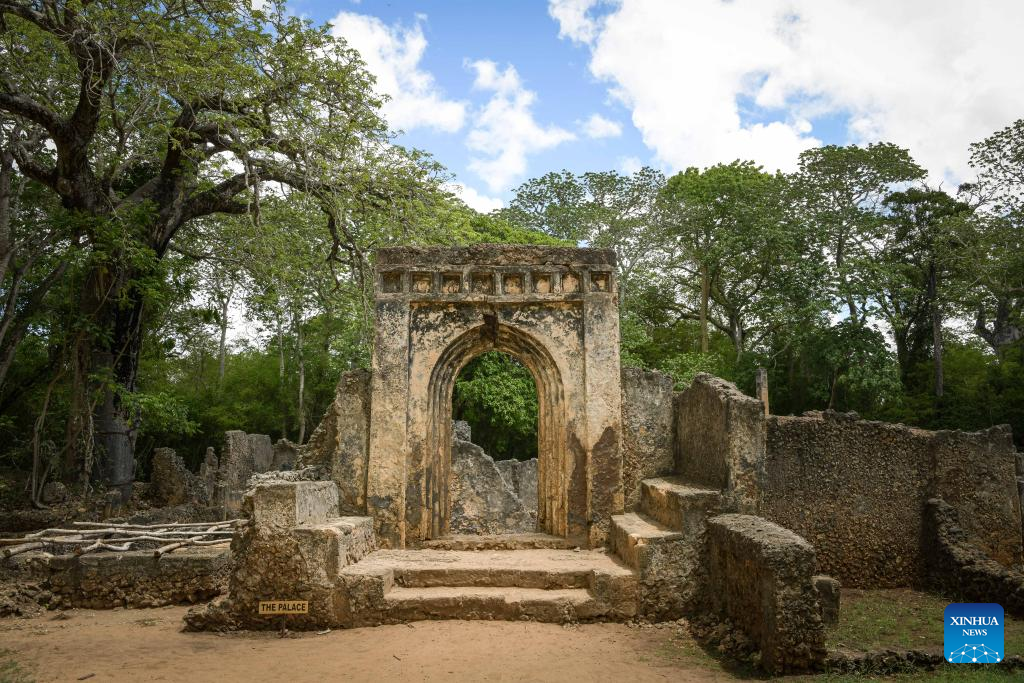
NAIROBI, July 28 (NNN-XINHUA) — The historic town of Gedi in the coastal region of Kenya has been inscribed on the World Heritage List by the United Nations Educational, Scientific and Cultural Organization (UNESCO), the National Museums of Kenya (NMK) said.
According to the NMK, this recognition underscores the historical and cultural significance of Gedi, cementing its place as a vital part of Kenya’s rich heritage and scenic attraction.
“We are deeply honored by this inscription, which highlights the importance of preserving and promoting our cultural heritage,” Mary Gikungu, director general of the NMK, said in a statement released in the Kenyan capital of Nairobi.
“The recognition of Gedi as a World Heritage Site not only elevates its status on the global stage but also reaffirms our commitment to safeguarding our national treasures for future generations,” Gikungu added.
An archeological site that attracts hordes of tourists and anthropologists annually, Gedi town, which is now in ruins, showcases Swahili culture that thrived along the Indian Ocean coastline from the 13th to 17th centuries.
The ruins of Gedi include a series of stone houses, a palace, and a mosque sandwiched by a lush indigenous forest. The site reflects the rich and sophisticated architecture of Swahili civilization.
It is expected that this designation will revitalize conservation efforts at the historic site, unlocking new opportunities for sustainable tourism, research, and international cooperation, said the NMK. Likewise, there will be concerted efforts to enhance visitors’ experience at the site through improved infrastructure, educational programs, and community engagement initiatives.
The eight World Heritage Sites hosted by Kenya include Lake Turkana National Park, Mount Kenya National Park/Natural Forest, Lamu Old Town, Sacred Mijikenda Kaya Forests, Fort Jesus, Kenya Lake System in the Great Rift Valley, Thimlich Ohinga Archeological Site in western Kenya, and now the Gedi ruins, according to the NMK. — NNN-XINHUA





